#503rd Heavy Panzer Battalion
Text
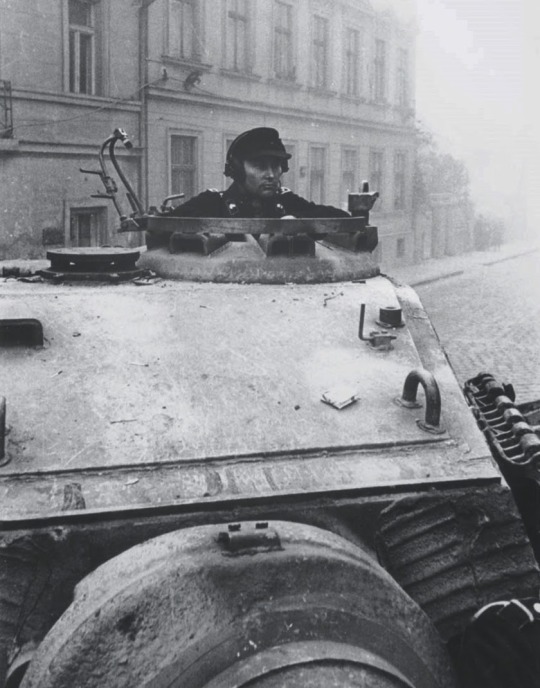
Commandant de char Tigre II du 503e Bataillon de chars lourds – Offensive de Budapest – Budapest – Hongrie – Octobre 1944
#WWII#front est#eastern front#offensive de budapest#budapest offensive#armée allemande#german army#wehrmacht#heer#503e bataillon de chars lourds#503rd heavy panzer battalion#char#tanks#char lourd#heavy tank#panzerkampfwagen VI tiger II#panzerkampfwagen VI#tigre II#tiger II#budapest#hongrie#hungary#10/1944#1944
17 notes
·
View notes
Photo

Tiger I from the 503rd Heavy Panzer Battalion on the Kursk Bulge
17 notes
·
View notes
Photo
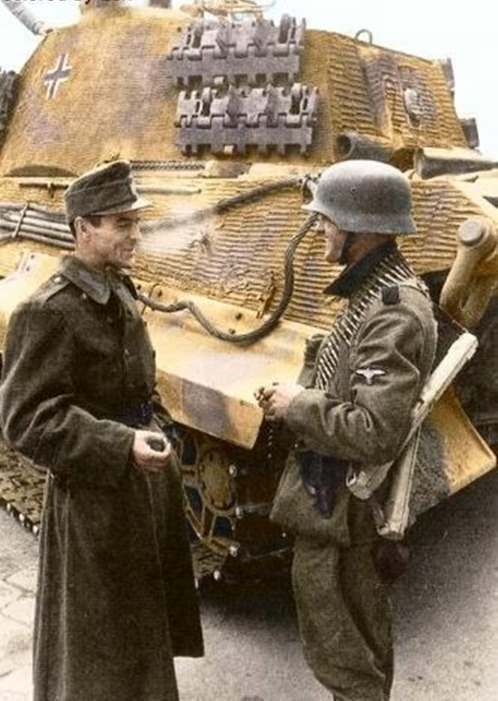
A Totenkopf Division grenadier talking with a Hungarian soldier in Budapest, October 1944. The King Tiger is from the schwere Panzer-Abteilung 503 (503rd Heavy Panzer Battalion).
5 notes
·
View notes
Photo
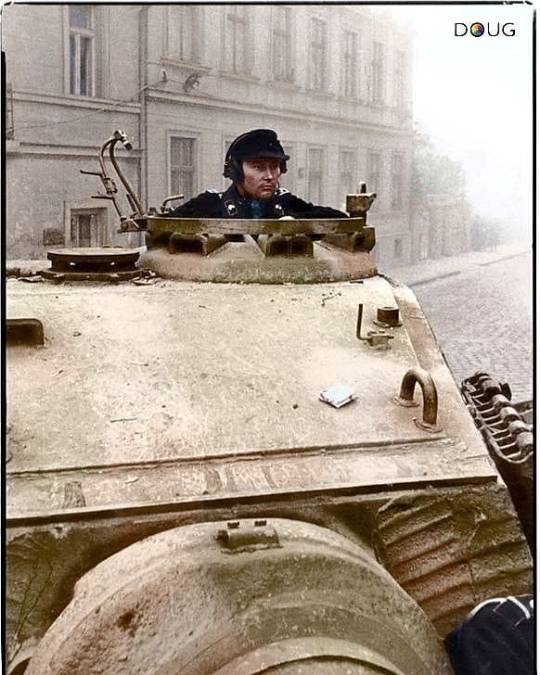
Panzer VI Tiger II of the schwere Panzer-Abteilung 503 photographed in Budapest, Hungary, October 1944, during the Unternehmen Panzerfaust. . The 503rd Heavy Panzer Battalion was a Nazi German heavy Panzer Abteilung (independent battalion-sized unit) equipped with Tiger I and Panzer IIItanks. In 1944, it was re-equipped with the new Tiger II. The battalion saw action on the Eastern and Western Fronts during World War II. As with other German heavy tank battalions, it was normally not assigned to a single corps, but shuffled around according to war circumstances. Later the battalion became part of the newly formed Panzer Corps Feldherrnhalle as the Feldherrnhalle Heavy Tank Battalion. . The unit was created on May 4, 1942. The unit consisted of 45 Tigers on May 10, 1943. In the aftermath of the Battle of Stalingrad, the battalion was deployed to Army Group Don and arrived at the front on January 1, 1943. The battalion, along with several divisions of the 4th Panzer Army, was tasked with securing the withdrawal of Army Group A; it then retreated to Rostov. On February 11, 1943, the unit was transferred to Kharkiv. It took part in the Third Battle of Kharkov and the Operation Citadel in 1943. Four days before the start of Citadel, the battalion reported that 42 of their 45 Tiger tanks were operational. The unit losing three Tigers during the operation and five more during the subsequent retreat. . In January 1944, the battalion, together with a panzer regiment and infantry units, formed Panzer Regiment Bäke. The regiment was part of the relief force, which tried to unsuccessfully break through to encircled forces in the Battle of the Korsun–Cherkassy Pocket. The battalion was then trapped in the Kamenets-Podolsky pocket. In late April 1944, the regiment was dissolved and sent West for refitting and equipped with 45 new Tiger IIs. . Colorized by Doug banks. https://www.instagram.com/p/BwRumzUnYLe/?utm_source=ig_tumblr_share&igshid=6nupnkv5deqr
13 notes
·
View notes
Photo

German Tiger II, Konigstiger - 'King Tiger'. Part of the 503rd Heavy Panzer Battalion, it is pictured in Budapest, 1944
2 notes
·
View notes
Photo

German "Tiger II" tank commander of the 503rd Heavy Panzer Battalion, Budapest, Hungary, October 1944
427 notes
·
View notes
Text
King Tiger Cross Stitch Pattern | Royal Tiger | Tiger II
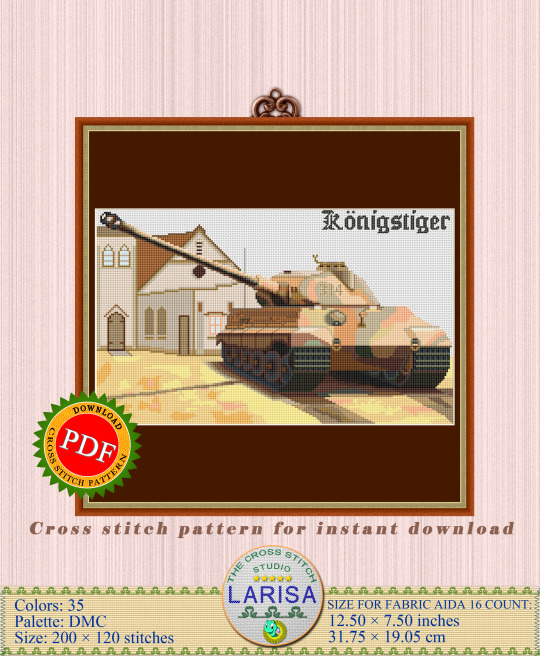
Digital download (5 PDF)
★ Pattern specification for different types of fabric.
• Fabric: 16 count Aida.
• Colors: 35. Palette: DMC.
• Size: 200 × 120 stitches.
• Finished size will vary depending on the count fabric/canvas you choose.
✔ 14 count ⇒ Size: 14.29 × 8,57 inches | 36.3 × 21.77 cm
✔ 16 count ⇒ Size: 12.50 × 7.50 inches | 31.75 × 19.05 cm
✔ 18 count ⇒ Size: 11.11 × 6.67 inches | 28.22 × 16.94 cm
💾 5 PDF includes:
1. FIVE SCHEMES (Fabric: 16 count Sky Blue Aida):
• Color Blocks with Symbols.
• Color Symbols.
• Color Blocks.
• Color Crosses.
• Black and White Symbols.
2. Color photo for reference.
3. List of DMC thread colors (instruction and key section).
🔎 The Tiger II is a German heavy tank of the Second World War. The final official German designation was Panzerkampfwagen Tiger Ausf. B, often shortened to Tiger B. It is also known under the informal name Königstiger (the German name for the Bengal tiger), often translated literally as Royal Tiger, or somewhat incorrectly as King Tiger by Allied soldiers, especially by American forces.
🔎 Two turret designs were used in production vehicles. The initial design is often misleadingly called the Tiger II (P), after the "Porsche" turret due to the misbelief that it was designed by Porsche for their prototype; in fact it was the initial Krupp design for both prototypes. This turret had a rounded front and steeply sloped sides, with a difficult-to-manufacture curved bulge on the turret's left side to accommodate the commander's cupola. Fifty early turrets were mounted to Henschel's hull and used in action.
🔎 The King Tiger was developed late in the war and built in relatively small numbers. Orders were placed for 1,500 Tiger IIs - slightly more than the 1,347 Tiger I tanks produced - but production was severely disrupted by Allied bombing raids.
🔎 The first combat use of the Tiger II was by the 1st Company of the 503rd Heavy Panzer Battalion (s.H.Pz.Abt. 503) during the Battle of Normandy, opposing Operation Atlantic between Troarn and Demouville on 18 July 1944. Two were lost in combat, while the company commander's tank became irrecoverably trapped after falling into a bomb crater created during Operation Goodwood. On the Eastern Front, it was first used on 12 August 1944 by the 501st Heavy Panzer Battalion (s.H.Pz.Abt. 501) resisting the Lvov-Sandomierz Offensive.
Source: King Tiger Cross Stitch Pattern.
#Second World War#tank#Panzer#Armor#German#waffen#tank battalions#tiger#royal tiger#king tiger#gun#wehrmacht#armament
0 notes
Photo
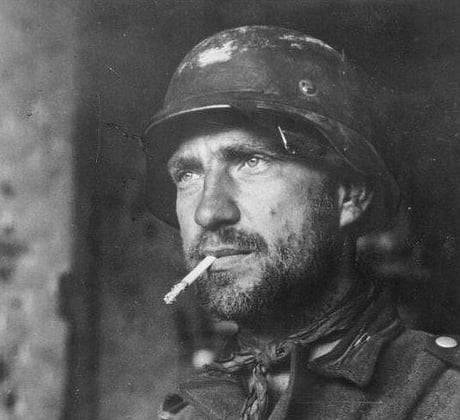
Famed Wehrmacht Feldwebel Kurt Knispel of the 503rd Heavy Panzer Battalion, credited with 168 tank kills.
0 notes
Photo

Famed Wehrmacht Feldwebel Kurt Knispel of the 503rd Heavy Panzer Battalion, credited with 168 tank kills.
0 notes
Photo

Tiger tanks from the 503rd Heavy Panzer Battalion near Kursk, 1943. [751x915] Check this blog!
2 notes
·
View notes
Photo
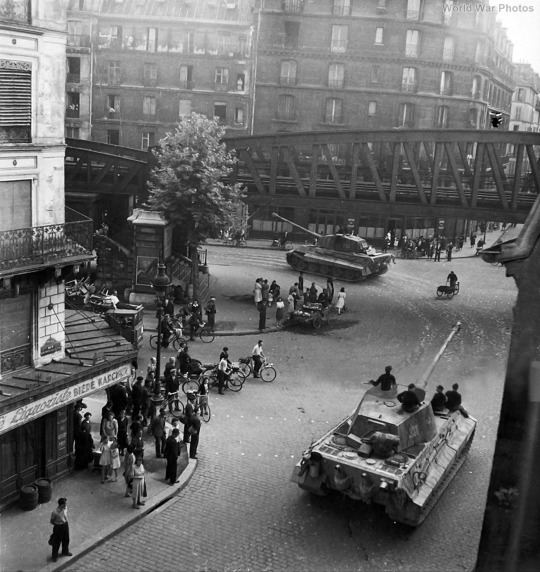
Chars Tigre Royal de la 3e compagnie du 503e Bataillon de chars lourds venant de la rue d'Aubervilliers et se dirigeant vers le Boulevard de la Villette – Paris – Août 1944.
Photo via https://www.worldwarphotos.info/
#WWII#Occupation de la France#France occupée#Occupation of France#Occupied France#Armée allemande#German Army#Wehrmacht#Heer#503e Bataillon de chars lourds#503rd Heavy Panzer Battalion#Char#Tanks#Char lourd#Heavy tank#Panzerkampfwagen VI#Panzer VI#Tigre II#Tigre Royal#Paris#08/1944#1944
20 notes
·
View notes
Photo

Destroyed Tiger II heavy tank from the 503rd Heavy Panzer Battalion
3 notes
·
View notes
Photo

503rd Heavy Panzer Battalion Tiger II Nr. 233 sits near St. Georges Square, Budapest, Hungary. October 16th 1944
1 note
·
View note
Photo
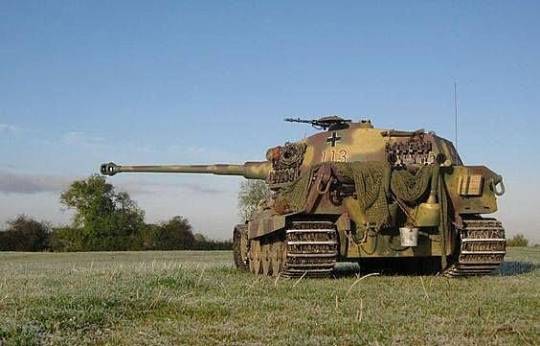
This piece of brutal power is the Königstiger.. Also known as the Tiger ll. This badboy was the fear on the battlefield for the Allies. ** The Tiger II was the successor to the Tiger I, combining the latter's thick armour with the armour sloping used on the Panther medium tank. The tank weighed almost 70 tonnes, and was protected by 100 to 185 mm (3.9 to 7.3 in) of armour to the front. It was armed with the long barrelled 8.8 cm KwK 43 L/71anti-tank cannon. The chassis was also the basis for the Jagdtiger turretless tank destroyer. ** The Tiger II was issued to heavy tank battalions of the Army and the Waffen-SS. It was first used in combat with 503rd Heavy Panzer Battalion during the Allied Invasion of Normandy on 11 July 1944; on the Eastern Front, the first unit to be outfitted with Tiger IIs was the 501st Heavy Panzer Battalion, which by 1 September 1944 listed 25 Tiger IIs operational.
22 notes
·
View notes
Photo
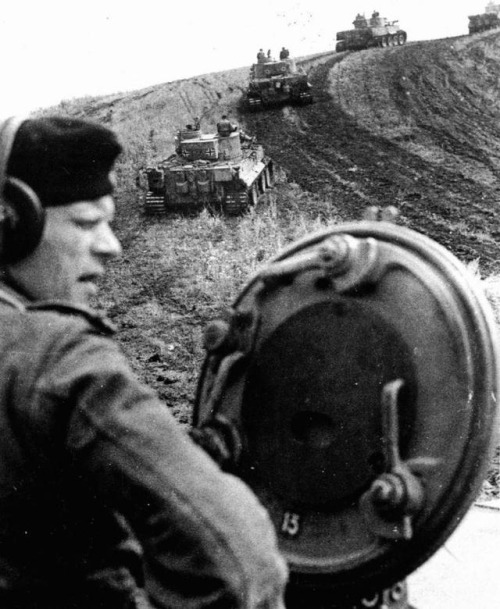
Tiger tanks from the 503rd Heavy Panzer Battalion near Kursk,... http://ift.tt/2s4yRiv
0 notes
Photo

Tiger tanks from the 503rd Heavy Panzer Battalion near Kursk, 1943. [751x915] #HistoryPorn http://ift.tt/2s7LE2T
0 notes